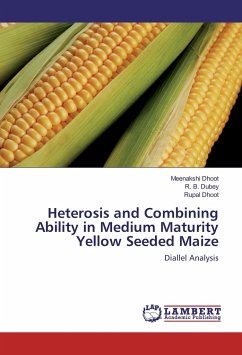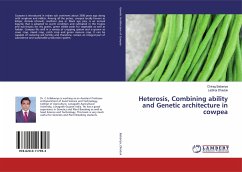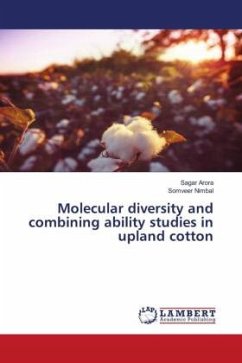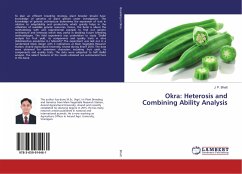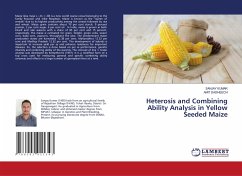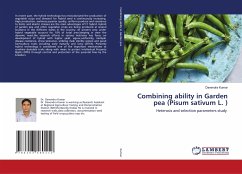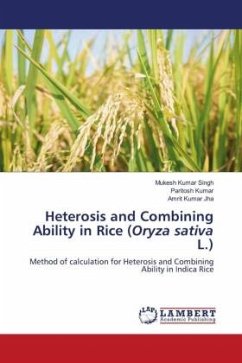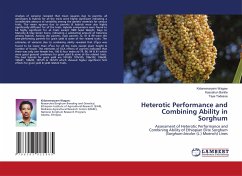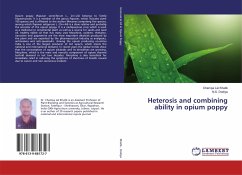
Heterosis and combining ability in opium poppy
Versandkostenfrei!
Versandfertig in 6-10 Tagen
41,99 €
inkl. MwSt.

PAYBACK Punkte
21 °P sammeln!
Opium poppy (Papaver somniferum L., 2n=22) belongs to family Papaveraceae, it is a member of the genus Papaver, which includes some 100 species and is affiliated to the section Mecones comprising five species, among which Papaver setigerum L. (2n=44) is a close relative and probably the ancestor of the opium poppy. It is a multipurpose crop which is used as a medicinal or ornamental plant as well as a source for seeds and seed oil, healthy edible oil that has many uses Morphine, codeine, thebaine, narcotine and papaverine are the most important alkaloids produced by the plant and are exploited...
Opium poppy (Papaver somniferum L., 2n=22) belongs to family Papaveraceae, it is a member of the genus Papaver, which includes some 100 species and is affiliated to the section Mecones comprising five species, among which Papaver setigerum L. (2n=44) is a close relative and probably the ancestor of the opium poppy. It is a multipurpose crop which is used as a medicinal or ornamental plant as well as a source for seeds and seed oil, healthy edible oil that has many uses Morphine, codeine, thebaine, narcotine and papaverine are the most important alkaloids produced by the plant and are exploited by the pharmaceutical industry as analgesics, antitussives and anti-spasmodic. Among the opium producing countries India is one of the largest producer of licit opium, which meets the national and international demand. In recent years the global trends show that the consumption of opium alkaloids and its derivatives are growing. Morphine, which is the main and narcotic component of opium showed tenfold demand in last two decades. Morphine is also beneficial for immediate relief in reducing the symptoms of shortness of breath caused due to cancer and non cancerous incident.



